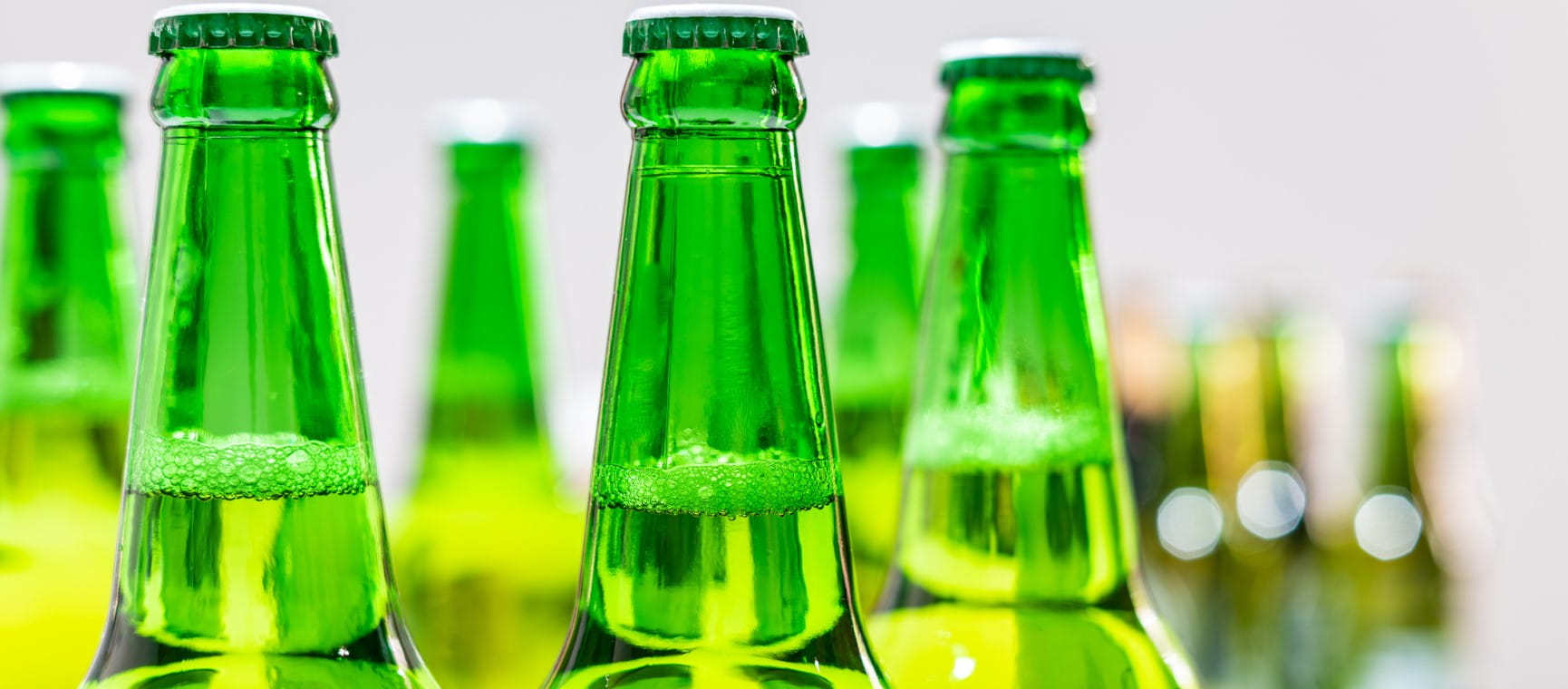
In the UK, we are drinking more alcohol-free and low-alcohol beer than ever before. The UK market was worth over £800m in 2023, with sales almost doubling across the year, according to global drinks data and analytics company IWSR.
In fact, demand for these products – sometimes collectively known as No/Lo beer – is growing in the UK faster than in any of the other 160 countries the IWSR looked at. The UK is now the eighth-largest global market, up from 13th in 2022. By January of last year, 87% of pubs served at least one No/Lo beer, with 8% serving a draught option, up from 2% in 2019.
A survey conducted across 2022 and 2023 indicated that use of No/Lo products (including wines and spirits) was fairly consistent among adults up until the over-65 demographic, where numbers dropped dramatically. Whereas 12.5% of 55-64-year-olds consumed No/Lo drinks every week, only 6.3% of those over 65 did.
The trend that Brits are exploring alternatives to alcohol is indisputable – but why are we doing so in record numbers? The answer, it seems, is a perfect storm of factors.
Firstly, the pandemic saw people place a new emphasis on their health, a trend that has continued subsequently. This has led to a shift in social attitudes. Gone are the days when non-drinkers were considered social pariahs who weren’t ‘up for it’.
Luke Boase, the founder of alcohol-free beer Lucky Saint, says: “This idea that you have to apologise for not drinking is fading, and we’re seeing a rapid cultural shift in attitudes towards alcohol.”
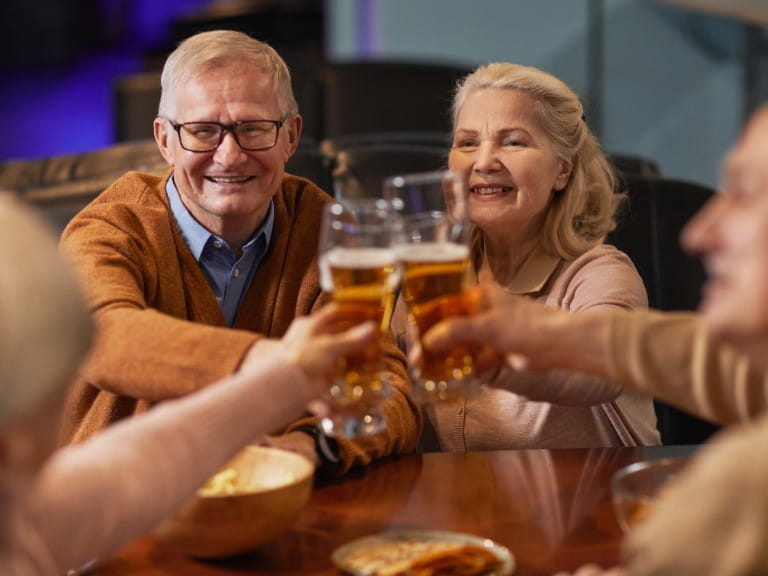
This cultural shift has, in turn, seen brewers up their game. According to Tesco’s beer buyer, Jess Edmondson, breweries are producing ever-improving No/Lo products.
“This revolution has grown very quickly in the last five years, and instead of the thin-tasting alcohol-free beers that were on the market back then, shoppers can now find fuller-bodied equivalents that taste like the real thing,” he said.
In the past, brewing a No/Lo beer involved either watering it down, or burning off the alcohol, both processes which drastically diminished the flavour of the finished product.
But now brewers are using more modern techniques such as vacuum distillation and reverse osmosis. Another technique involves using a strain of yeast that prevents fermentation.
The results have been extremely encouraging – so much so that, in both 2020 and 2021, low-alcohol beers won the Supreme Champion Award at the International Beer Challenge (IBC) – Athletic Brewing Co’s Free Way IPA and Harvey’s Low Alcohol Old Ale respectively.
Jeff Evans, IBC Chairman, said of the latter: “The judges were astonished by the winning beer. It’s incredibly difficult for a beer with less than 0.5% alcohol to hold its own against much stronger beers.
"The roundness and fullness that alcohol brings to a beer cannot be underestimated and so many low alcohol beers suffer in comparison because of that… The beer is just a delight, with rich malt flavours and a pleasant balance of bitterness and sweetness, with none of the thinness or astringency that often mars beers of this strength.”
Harvey’s, a family business based in Lewes, East Sussex, was among the first to embrace the low-alcohol market.
Miles Jenner, the Head Brewer and Joint Managing Director, explains: “We commenced production of low alcohol beers in 1988, having noted an uptake of the few brands that were available at that time (most significantly, Whitbread’s White Label – now long gone).”
The market trend towards lower-strength options is evident: “Sales remained steady over many years but have more than trebled over the past decade.”
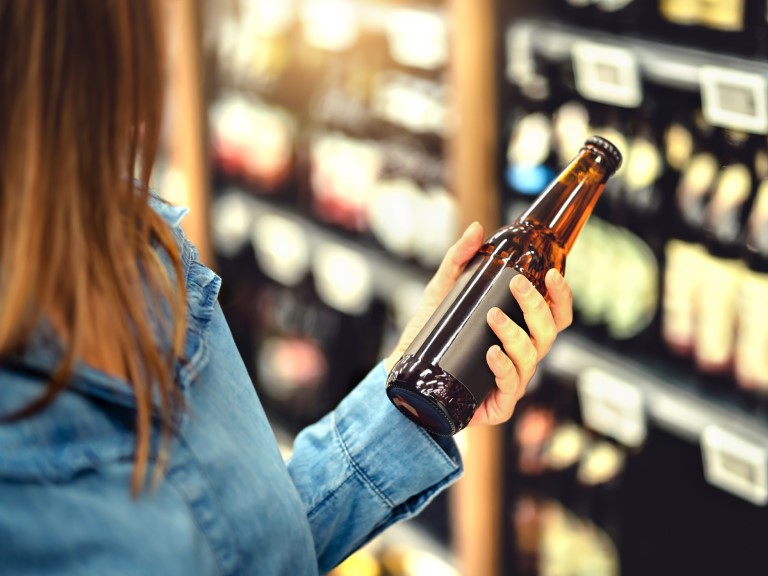
And it’s not just independent breweries who are seeing No/Lo business booming.
Guinness launched its 0.0 brand in 2021, and within two years had to triple production at their Dublin brewery. It is now the UK’s bestselling alcohol-free beer.
A further boost to the No/Lo beer industry came in the form of government legislation introduced in August 2023. This means that bottled or canned beer with less than 3.5% ABV is taxed at a lower rate (£9.27 per each litre of pure alcohol in the product) than beer between 3.5% and 8.5% (£21.01 per litre of pure alcohol). There are no duties on products below 1.2 per cent ABV. Draught beer is taxed at slightly different rates, but with a similar jump in duty above 3.5%.
The subsequent cheaper prices led to an explosion in sales of lower-alcohol beer last year, with sales up an extraordinary 245% compared to 2023.
Susie Goldspink, Head of No- and Low-Alcohol Insights at IWSR, says: “In the UK low-alcohol beer had a strong year in 2024, due to the change in the UK excise duty regime which caused a large and (we expect) one-time change in low-alcohol beer volumes as brewers aligned their ABV levels to take advantage of the lower tax threshold for beers of 3.4% or below.”
However, it is important to note that a brew of 3.4% ABV does not actually meet the official definition of a low-alcohol beer. The rules stipulate that, in order to be defined as low-alcohol, a beer should be not more than 1.2% ABV, while an alcohol-free option should be no more than 0.05%.
The latter threshold is the lowest in the world, with most countries defining alcohol-free as below 0.5% ABV. The government is considering changing the threshold to align with other nations.
There are few things more pleasant in life than sipping on a cold beer in the sun. But equally, cutting down on alcohol brings a myriad of health benefits – from reducing the risk of liver and heart disease and various cancers, to better mental health, improved sleep, better skin and a slimmer waistline.
Intriguingly, drinking No/Lo beers could bring additional health benefits too. The malt used in beer is a source of polyphenols, naturally occurring plant compounds that can reduce blood pressure, improve circulation, lower inflammation, and boost gut health and the immune system. There is also evidence that polyphenols can help combat menopausal symptoms such as hot flushes.
If the idea of giving up the demon drink completely seems a bit drastic, it’s worth remembering that any reduction in alcohol is beneficial.
Lucky Saint’s Luke Boase says that their products are often used in conjunction with alcoholic drinks. “We’re seeing the rise of ‘zebra striping’, which is the practice of people alternating between alcoholic and alcohol-free drinks within a single visit to the pub.”
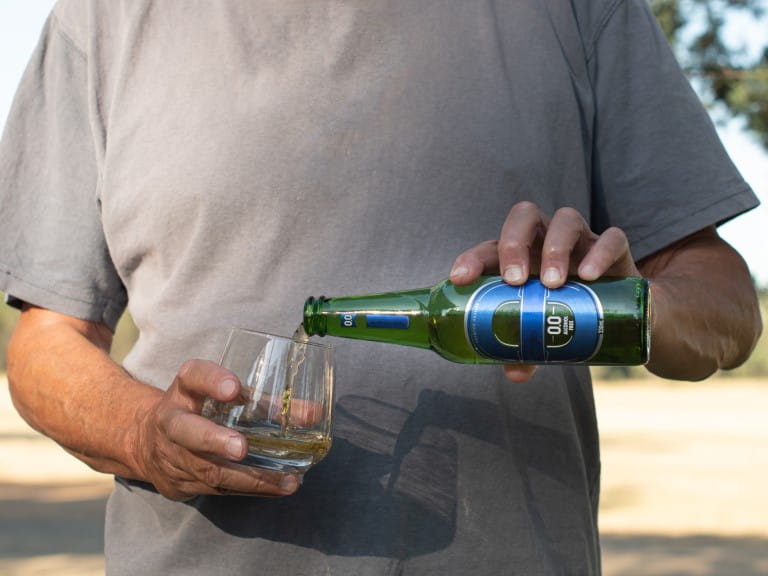
There are so many great No/Lo beers on the market just now, and taste is always subjective. But here are some of the best:
Lager is the most popular type of non-alcoholic beer, and Lucky Saint is one of the most celebrated, for good reason. It contains no flavourings, additives or added sugar (so often a staple of No/Lo products), but is instead made using just four ingredients: Pilsner malt, Hallertau hops, Bavarian spring water and classic lager yeast. The result is a light, slightly citrussy alcohol-free lager that tastes remarkably like the real thing.
The nation’s bestselling No/Lo beer, Guinness 0.0 has taken the market by storm less than four years after its launch. As with original Guinness, the brewery has struggled to keep up with demand lately. Imbued with all of the rich, silky smoothness of the original, Guinness 0.0 is slightly sweeter, with a bitter coffee finish. It’s great from a can, and even better if you can find it on draught.
The monks of Leffe Abbey began brewing beer in 1240, but it took them 780 years to come up with an alcohol-free version. Launched in 2020, Leffe Blonde has the unmistakable, deep flavour of its boozy counterpart, with that strong malty flavour accompanied by hints of vanilla. Considering the original Blonde is 6.6%, this alcohol-free version is a genuine achievement.
This German wheat beer contains electrolytes, which reportedly have an ‘isotonic’ effect on rehydration. It is also a source of micronutrients, including vitamin B12. Health benefits aside, it’s a full-bodied, malty beer with notes of both sweetness and spice.
Ghost Ship is inspired by Britain’s most haunted pub, The Bell at Walberswick, along a stretch of coast littered with smugglers’ shipwrecks. It is Adnams’ bestselling beer, and this low-alcohol alternative is the UK’s number one No/Lo ale in pubs and bars. It boasts a bold, complex flavour, at once citrussy and malty. It’s also gluten-free.
For a relatively small, eighth generation family-owned brewery, Harvey’s impact on the beer world has been remarkable. Among its numerous awards, it won Supreme Champion at the 2021 International Beer Challenge for this winter-warming low-alcohol favourite. Rich, dark, smoky and full-bodied, it’s like a grown-up sticky toffee pudding in a bottle.
A straw poll of friends’ go-to No/Lo beers saw many of them recommend Brewdog’s excellent alcohol-free products, but with none able to agree on which was the best. This eight-pack of beers contains two each of the 0.5% versions of BrewDog favourites Punk IPA, Nanny State, Hazy Jane and Elvis Juice.
Brewers are getting ever better at recreating the taste, depth and mouthfeel that go with an alcoholic beer, but one thing they can’t replace is the accompanying buzz. Or can they?
Impossibrew (as seen on Dragon’s Den) make an alcohol-free lager and pale ale with a mix of plants, vitamins, minerals and “nootropics” (this is a broad term for substances which are sometimes loosely known as smart drugs or brain enhancers), including Ashwagandha, designed to recreate the booze’s relaxing qualities. The beers also taste delicious.
Benjie Goodhart divides his time between working as a freelance journalist and in the TV industry. He has written regularly for The Guardian, GQ and Saga Magazine, and worked for Channel 4 in programme publicity. He lives in Brighton with his wife, two children, and three tellies. He loves the tellies most of all.
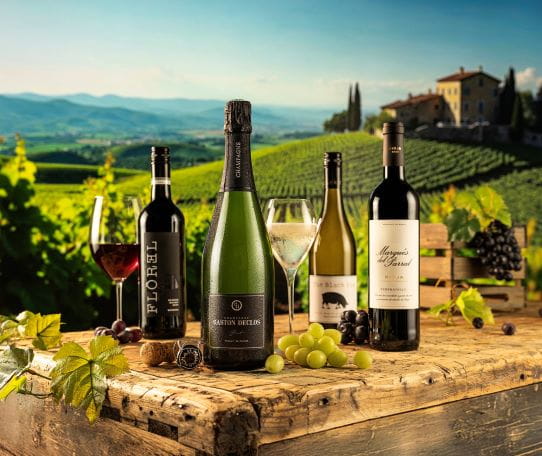
Enjoy the convenience of premium wines delivered direct to your door - Join our wine club today and save £84 on your first case
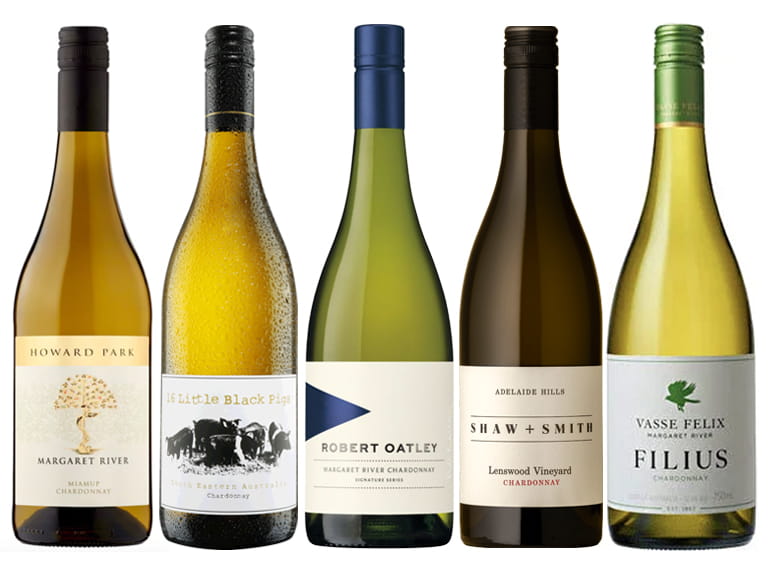
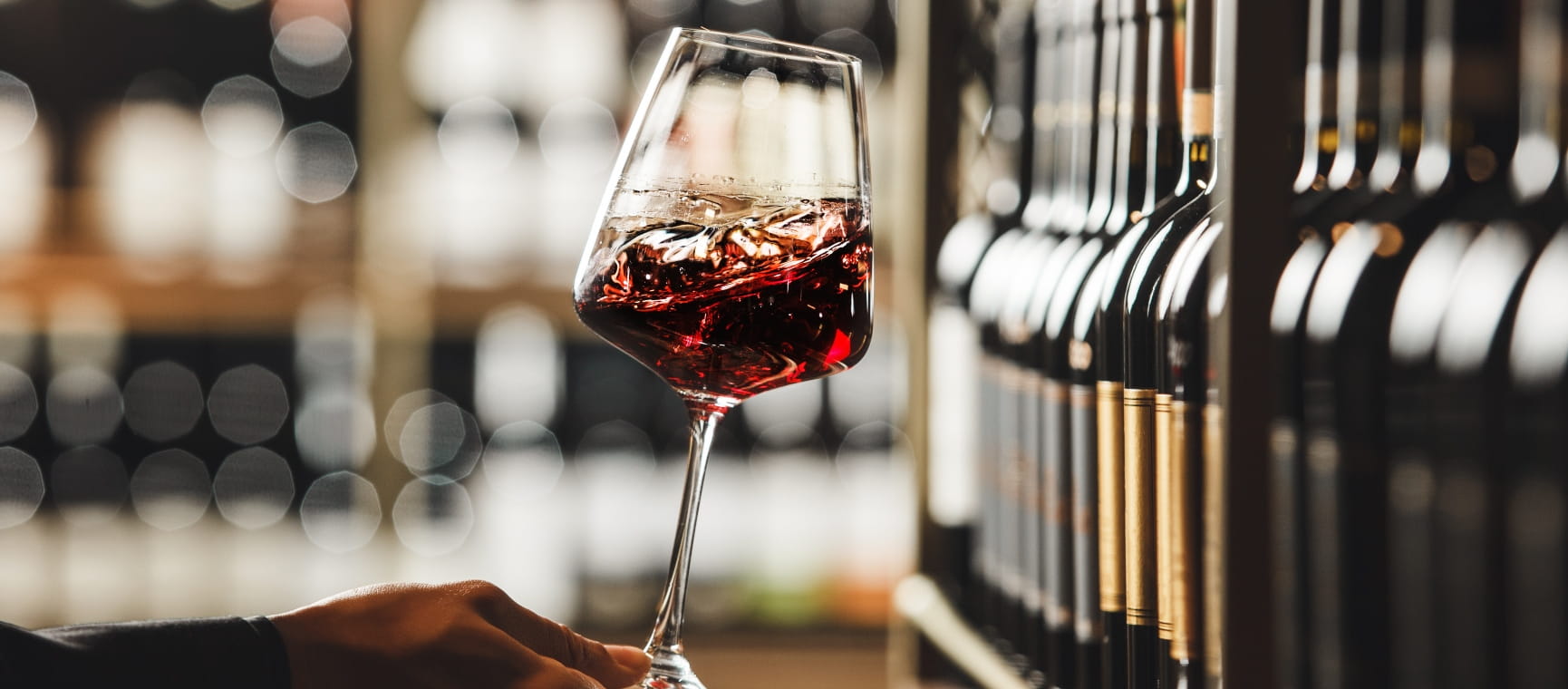
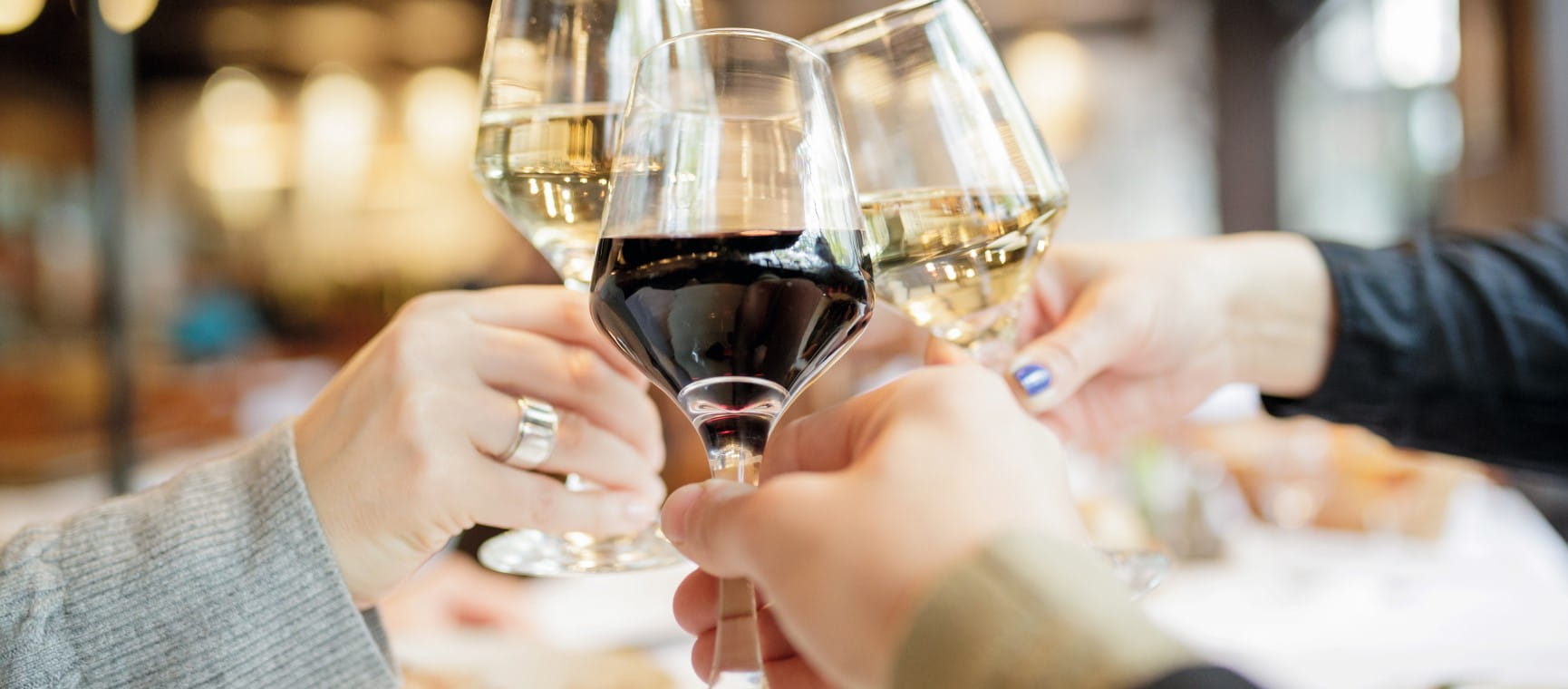
Great wines don’t have to come in a bottle. We've got the best boxed wines for parties or enjoying at home.
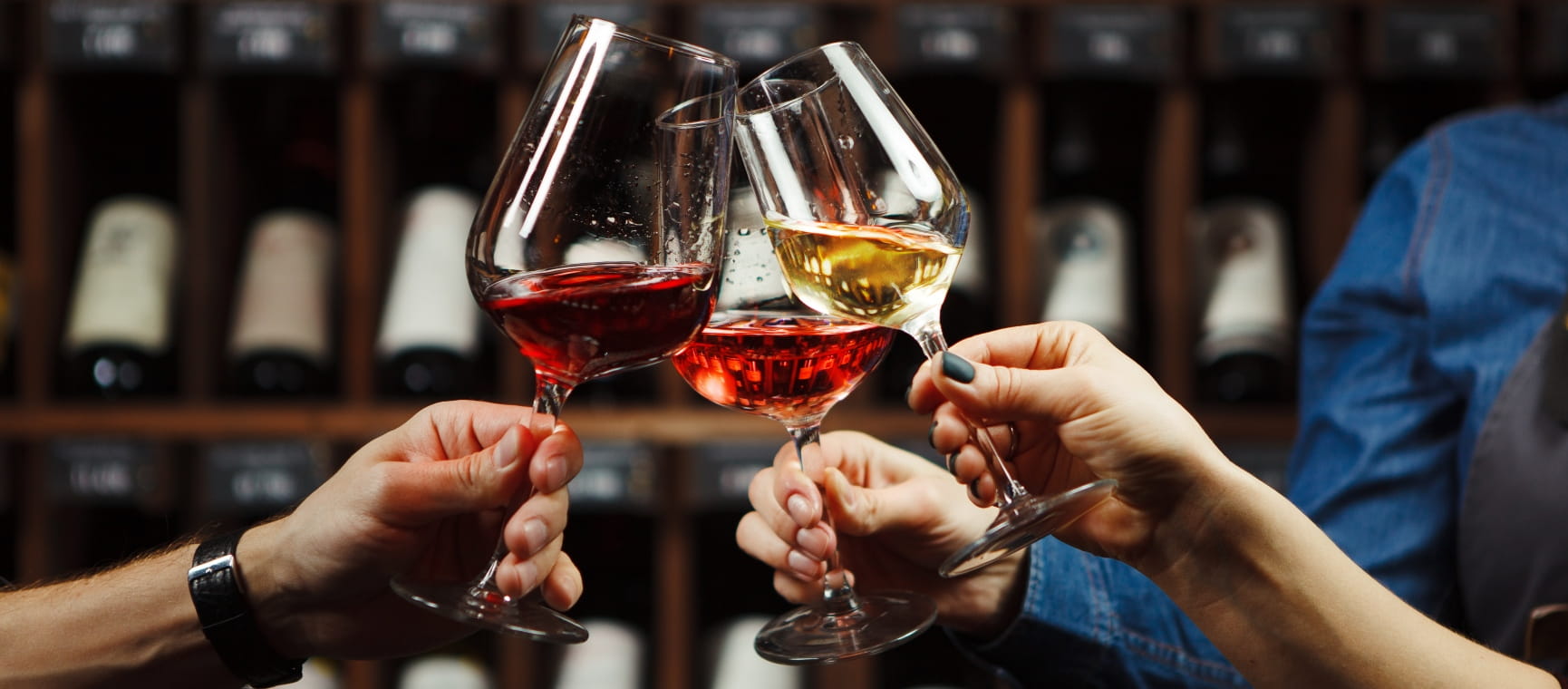
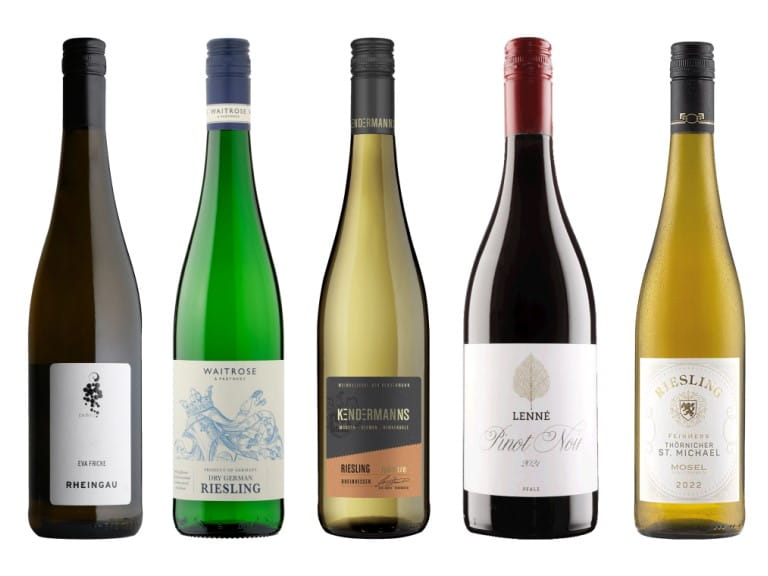
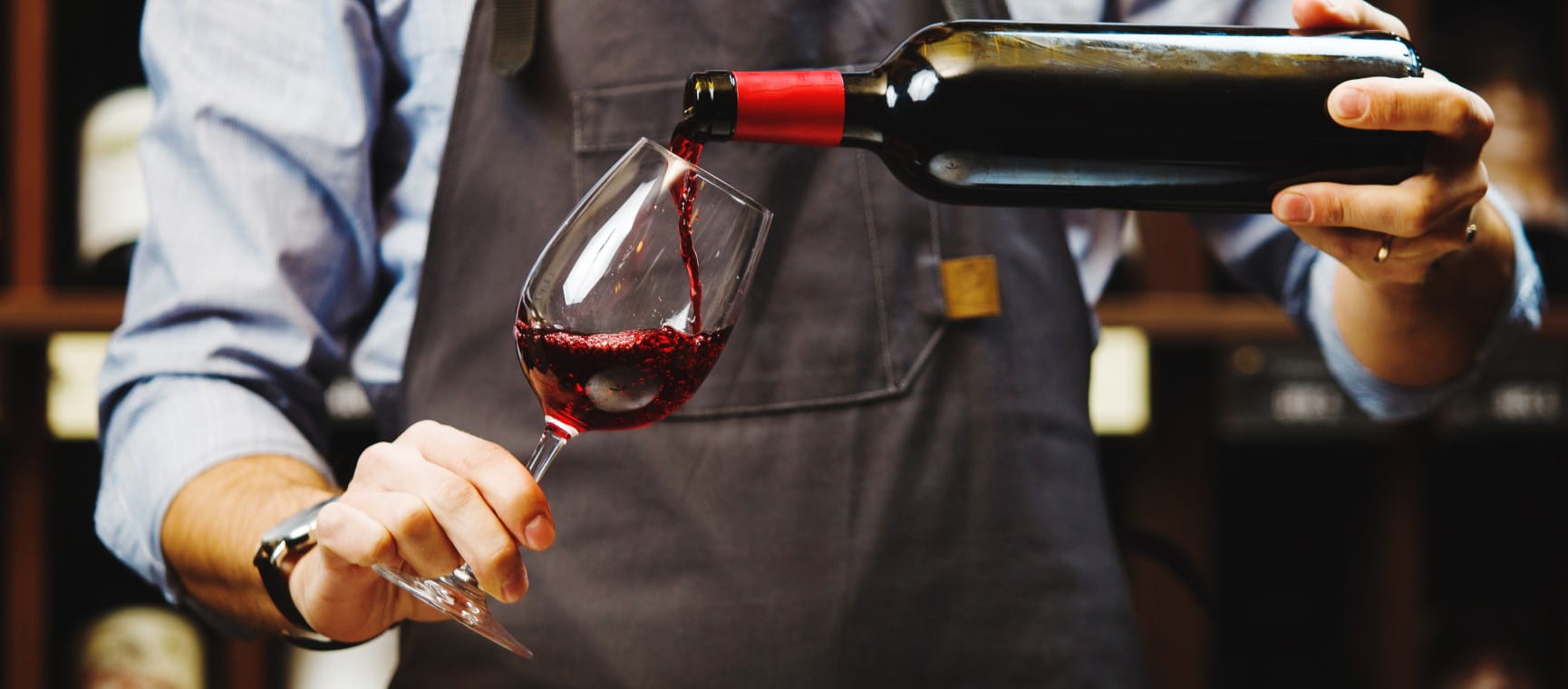
The wine waiter's choice of budget-friendly bottles to drink at home.
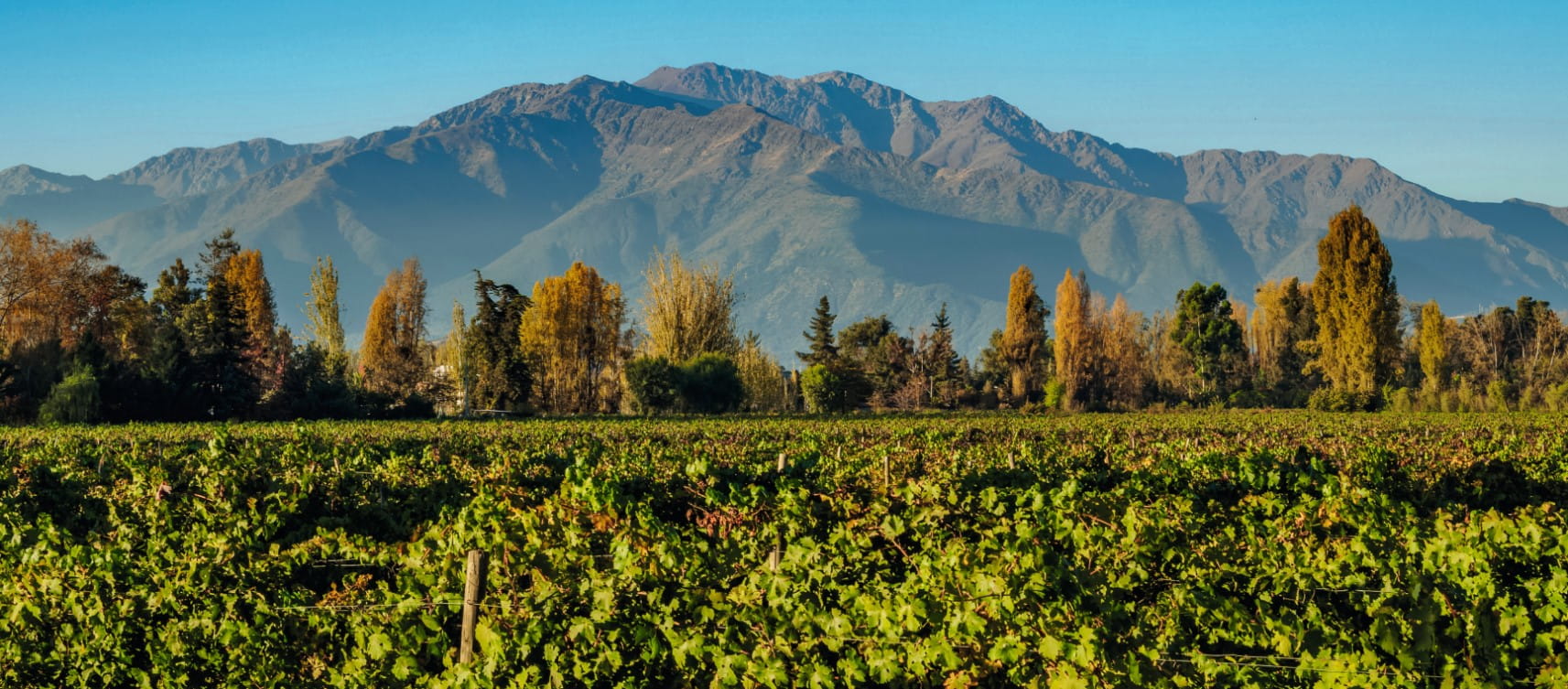

Wine-producing families go back centuries in Hungary and deserve to have a bigger fan base, argues our expert.